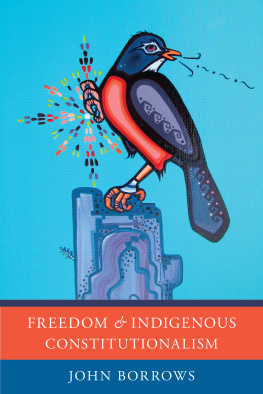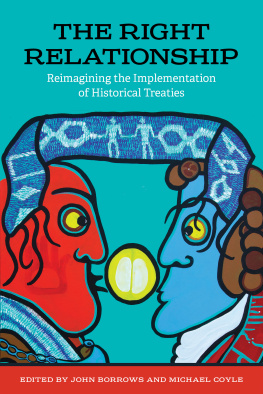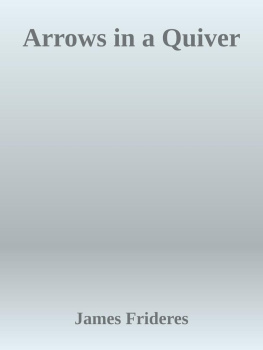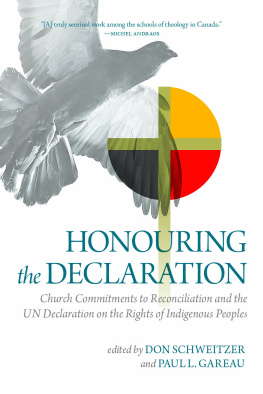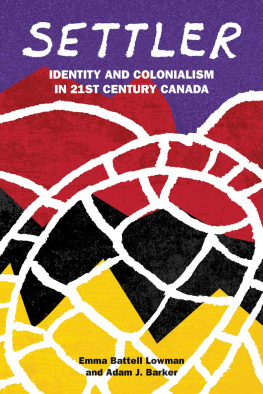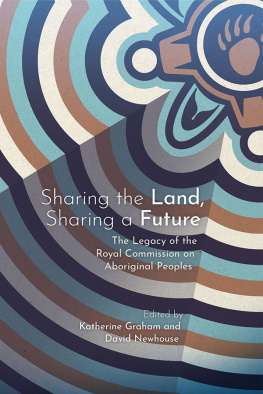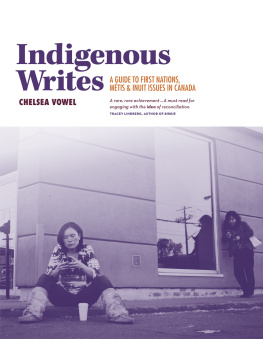RECOVERING CANADA:
THE RESURGENCE OF INDIGENOUS LAW
Canada is ruled by a system of law and governance that largely obscures and ignores the presence of pre-existing Indigenous regimes. Indigenous law, however, has continuing relevance for both Aboriginal peoples and the Canadian state. In this in-depth examination of the continued existence and application of Indigenous legal values, John Borrows suggests how First Nations laws could be applied by Canadian courts, while addressing the difficulties that would likely occur if the courts attempted to follow such an approach. By contrasting and comparing Aboriginal stories and Canadian case law, and interweaving political commentary, Borrows argues that there is a better way to constitute AboriginalCrown relations in Canada. He suggests that the application of Indigenous legal perspectives to a broad spectrum of issues will help Canada recover from its colonial past, and help Indigenous people recover their country. Borrows concludes by demonstrating how Indigenous peoples law could be more fully and consciously integrated with Canadian law to produce a society where two world-views can co-exist and a different vision of the Canadian constitution and citizenship can be created.
JOHN BORROWS is Professor and Law Foundation Chair in Aboriginal Justice at the University of Victoria.
Recovering Canada:
The Resurgence of Indigenous Law
JOHN BORROWS
University of Toronto Incorporated 2002
Toronto Buffalo London
Printed in Canada
Reprinted 2006, 2007
ISBN 0-8020-3679-1 (cloth)
ISBN 0-8020-8501-6 (paper)
Printed on acid-free paper
National Library of Canada Cataloguing in Publication
Borrows, John, 1963
Recovering Canada : the resurgence of Indigenous law / John Borrows.
Includes bibliographical references and index.
ISBN 0-8020-3679-1 (bound). ISBN 0-8020-8501-6 (pbk.)
1. Native peoples Legal status, laws, etc. Canada. 2. Customary law Canada. I. Title.
KE7709.B68 2002 340.5271 C2002-902472-2
The University of Toronto Press acknowledges the financial assistance to its publishing program of the Canada Council for the Arts and the Ontario Arts Council.
University of Toronto Press acknowledges the financial support for its publishing activities of the Government of Canada through the Book Publishing Industry Development Program (BPIDP).
Contents
Preface
This book follows contours of thought developed over the past ten years in my research into Aboriginal legal issues. During this period I have attempted to transmit and test these ideas in many forums, and this work has, I hope, benefited from the reflective and (sometimes) more fervent interactions that law professors enjoy in the course of their year. The frequent testing of ideas through the immediacy of the spoken word, in the classroom and elsewhere, has reminded me of the need to strive for relevance and coherence. Ultimately, my work flows from an orientation to and preference for the oral tradition as a method of communication. It is in that mode that I feel most comfortable. However, I have also published my ideas, as another test of their worth, in law reviews and journals. These publications create an environment of exchange in which authors of similar training can share their views and receive comments and criticism on their interpretation of the issues under study. I have enjoyed and been challenged by the feedback I received as a result of this process. The scope of a law reviews readership is, however, somewhat limited and I wanted to expand the circle of conversation about my ideas. This book thus stems from a desire to further build on the thoughts developed through both personal exchange and professional legal writing. In revising and building connections between the ideas found in my presentations and articles, this book represents the next stage in testing their value. The ensuing chapters largely build on articles published in Canadian law journals. In republishing this work in a book format, however, I have tried to introduce a theme and unity not always present or apparent in earlier manifestations of my ideas. I do not know if I have been successful, but I hope that the ideas expressed will continue to generate exchange and undergo further refinement.
I wish to acknowledge the support I have received from numerous institutions and individuals in the production of this work. In the past seven years I have taught at the law schools of the universities of British Columbia, Toronto, and Victoria, as well as at Osgoode Hall, York University and Arizona State University (proof that I cannot hold a job). Each institution has its own distinctive character that I hope has worked its way into these pages. I am appreciative of Deans Lynn Smith, Marilyn Pilkington, Joost Blom, Ron Daniels, Patricia White, and Andrew Petter, and colleagues at the faculties of each law school who put up with my wandering as this work developed. I am continuously surprised, yet grateful, for the willingness of people to understand and encourage a broad spirit of intellectual exploration and tolerate my somewhat peripatetic life. That this can occur in an atmosphere of friendship and good-natured criticism seems almost too much to expect. Nevertheless, I have enjoyed such company along the way and feel a kinship with those who have welcomed me in their own particular ways. Among those who have encouraged or read parts or all of this manuscript, include: Alex Clapp, Loreena Fontaine, Sakej Henderson, Shin Imai, Michael Jackson, Patrick Macklem, June McCue, Kent McNeil, Kent Roach, Doug Sanders, Brian Slattery, David Schneiderman, Rebecca Tsosie. I have also treasured the work and wisdom of various research assistants who have contributed to this book. Lisa Dufraimont, in particular, helped me further refine the structure and detail through her diligent and painstaking review of the manuscript. It would be hard to overestimate Lisas contribution to the final form of this work. Others who assisted, and whose help is appreciated, include: Kristen Clark, Colin Desjarlais, Janelle Dwyer, Kerry Jimmerson, Matt Kirchener, Sunny Larson, and Sandra Leland. Thanks also go to Virgil Duff, Allyson May, and the staff at the University of Toronto Press for their valuable assistance in helping to prepare the manuscript for publication.
Finally, I am grateful for my mother, Jean Borrows, for stories told and lessons well lived. She is an incredibly inspirational woman, and her influence lies at the root of much of what follows. I have also benefited from the encouragement of my father, Joseph, and from his loving, thoughtful, and measured responses to my inquiries and needs through the years. Most of all, I am thankful to my partner, Kim, for her willingness to move (again, again, and again) and experience new dimensions to life as the work in this book unfolded. In our companionship is reflected the hope I feel for future.
Introduction
The University of Torontos Faculty of Law is situated on Philosophers Walk, a quiet footpath that winds its way among some of the citys grandest buildings. Philosophers Walk is a place of both visible and hidden power. At its mid-point, between Bloor Street and Hoskin Avenue, stands the law school. Climbing the short hill east from this part of the Walk, you approach the schools three-storey, pillared side entrance. Going through its doors and down the hall you encounter oak panelling, fifteen-foot ceilings, and opulently adorned rooms. The walls of these rooms, adorned with portraits of deans who later became university presidents, Supreme and appellate Court judges, and members of the Order of Canada, testify that this place is an important source of economic and political strength. Further into its heart the corridors are lined with pictures of graduates who are well represented in the upper realms of Ontarios social caste. Stepping into its classrooms and meeting its students you seem to be meeting the future face of power in the province.
Next page

